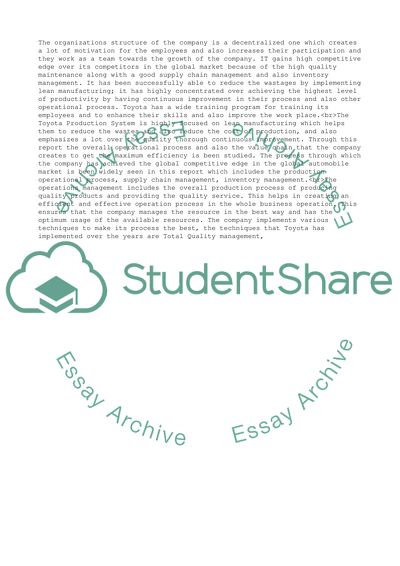Cite this document
(Operations Management: Processes and Value Chains Essay, n.d.)
Operations Management: Processes and Value Chains Essay. https://studentshare.org/management/1816097-operations-management-processes-and-value-chains
Operations Management: Processes and Value Chains Essay. https://studentshare.org/management/1816097-operations-management-processes-and-value-chains
(Operations Management: Processes and Value Chains Essay)
Operations Management: Processes and Value Chains Essay. https://studentshare.org/management/1816097-operations-management-processes-and-value-chains.
Operations Management: Processes and Value Chains Essay. https://studentshare.org/management/1816097-operations-management-processes-and-value-chains.
“Operations Management: Processes and Value Chains Essay”. https://studentshare.org/management/1816097-operations-management-processes-and-value-chains.


